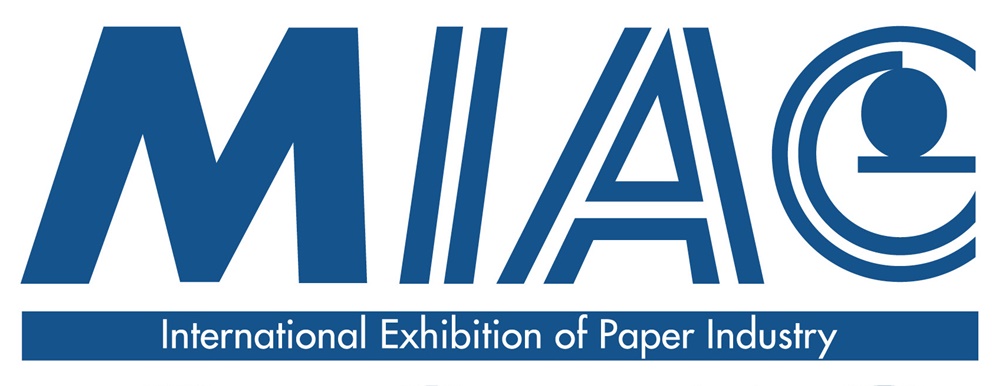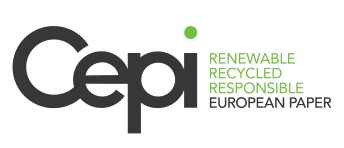NEWS
Cepi's position paper on EU-UK post-Brexit
Today, around 8.1 million tonnes of pulp, paper for recycling, paper and converted paper products are traded each year between the United Kingdom and the EU27, for a value of 7.3 billion euros. EU27 exports close to 4.1 million tonnes of paper, 0.7 million tonnes of converted paper products to the UK, as well as 0.4 million tonnes of pulp. The UK exports around 1.1 million tonnes of paper for recycling, 0.8 million tonnes of paper and 0.7 million tonnes of converted paper products to the EU27.
Post-Brexit, the EU and the UK will become each other’s biggest trade partners as far as pulp, paper products and paper for recycling are concerned. Many pulp and paper companies have operations on both sides serving markets in the United Kingdom and in the EU with integrated supply chains and European teams. A very large number of both European and International Standards govern the production of paper, paper-based products, and the classification of paper for recycling grades. The Free-Trade Agreement to be concluded between the EU and the United Kingdom should be as ambitious and comprehensive as possible. Enough time should be guaranteed to complete the wide-ranging negotiations.
EU-United Kingdom future trade relationship should aim at meeting the following objectives:
- Pulp and paper industry’s competitiveness should be maintained in the EU and the United Kingdom and a pro-investment environment in both the UK and EU secured;
- Existing supply chains between the EU and the United Kingdom must not be disrupted either by new tariffs or by any new non-tariff barriers;
- Recognising the key role that UK - EU trade plays in supporting the circular bio-economy, there should be no new barriers to trade in paper for recycling;
- Costs and delays related to customs procedures and rules governing transport of goods between the UK and EU should be minimised, while effective, thanks to enhanced cooperation;
- Standards and compliance methods for products, machinery and equipment should be mutually recognised between the United Kingdom and the EU so as to facilitate customs simplification;
- The movement of skilled professionals between the EU and the United Kingdom should be facilitated as much as possible;
- The EU and the United Kingdom regulatory systems should remain equivalent post-Brexit, especially in the climate, environment, energy, competition and product safety areas.
The EU-UK paper for recycling trade plays a key role in supporting the circular bio-economy: EN 643 quality specifications ensure a level playing field!
Today, around 1.2 million tonnes of paper for recycling are traded each year between the United Kingdom and the EU27. This circular and sustainable trade flow is a critical part of consumer confidence in recycling infrastructure and must be supported post-Brexit. The EU and the UK have impressive recycling rates, respectively 71.3% and 87.2%. The EU as part of its Green Deal and its Circular Economy strategy and the UK as part of its Waste and Resources Strategy have ambitious recycling targets.
It is essential to maintain a vibrant paper recycling infrastructure, avoid unnecessary friction on paper for recycling with existing clear specifications and existing arrangements for paper recycling movements. Existing supply chains between the EU and the United Kingdom must not be disrupted either by new tariffs or by any new non-tariff barriers. The EU imports some 1.1 million tonnes of paper for recycling from the UK. This tonnage is a vital raw material for the European paper industry and a valuable export customer outlet for UK paper for recycling, since the UK is a net Exporter of paper for recycling and the EU a net importer.
The cornerstone for paper recycling is the EN 643, including for cross-border trade between the EU and the UK. It specifies the grades used in the paper industry in the EU, the UK and beyond and informs authorities at the local and national level about the final qualities to be obtained from collection schemes and sorting infrastructure. Both the UK and EU paper industry will continue to buy and sell paper for recycling according to the specifications in the EN 643 as it contributes to a level playing field for paper for recycling in Europe.
The Circular Economy Action Plan in general as well as the European paper industry identify separate paper for recycling collection (i.e. no commingled collection with other recyclables) as a prerequisite for high quality recycling. As it is not yet implemented everywhere in the EU and particularly the UK, best practice should continue to be promoted.
Paper for recycling is traded between the UK and EU using agreed Standards (e.g. the European List of Standard Grades of Paper and Board for Recycling EN643). These standards are mutually recognised between the United Kingdom and the EU, facilitating customs simplification and a smooth movement of goods. This mutual recognition should prevail in the future.
Provided paper for recycling is in line with the specifications of the EN 643, there is no need for additional formalities that might disrupt this high-volume trade of secondary raw materials for the EU and risk the build-up of unmanageable paper for recycling stocks in cities and ports in the UK. Costs and delays related to customs procedures and rules governing transport of paper for recycling between the UK and EU should be minimised, which is currently running effectively thanks to these previous agreements and a mutual need to recycle paper.








